The Department of Education of Navarra’s Government, in Spain’s northern region presented the 2021 call for the development of innovation projects in Vocational Training and Education, in which the new modalities on digitization of VET and the reduction of the gender gap stand out.
The selections were announced during the INNOVAFP conference that took place on the 10th of December 2020, in which six outstanding projects developed in the last year were presented.
The call, which opens every two years, will be financed with 200,000 euros and incorporates two new branches of innovation according to the goals of 2030 agenda: digitization and transformation of VET (incorporating emerging technologies that contribute to digital transformation) and information and professional orientation in the educational system (reduction of gender gaps, promotion of cycles linked to technological and industrial sectors, choice and equality, special attention to sociocultural differences). The head of the Innovation section, Sonia García Cifuentes, announced the characteristics of the call at the INNOVAFP conference, promoted by the General Directorate of Vocational Training and in which representatives of the Navarra’s 22 VET centers participated.
Featured projects
At the INNOVAFP conference, the results of six outstanding innovation projects were presented
They were developed by ten centers and two companies in areas such as health and medical actions, mechanical manufacturing, electricity and electronics, and installation and maintenance. All of them respond to the 2019 call for innovation projects in Vocational Training and Education.
The first of these innovation projects had the objective of providing CI Escuela Sanitaria Técnico-Profesional de Navarra (ESTNA) with a simulation room in which to develop clinical simulation methodology, increasingly incorporated into health-related teaching, as well as the creation of a bank of digital resources. Several VET schools have participated in this project, including ESTNA (who led the project), CIP Elizondo, ETI de Tudela and CI Politécnico de Estella-Lizarra.
Another project introduced was the TAFOLAPP, developed by CIP Tafalla. This project consisted of the creation of a computer application in Android and IOS format compatible with any Smartphone.
Virgen del Camino Polytechnic Integrated Center presented the project called ‘Digitization of the Machining Workshop for Integration in Industry 4.0’, which will allow to adapt manufacturing training cycles to Industry 4.0 through the digitization of the verification sheets for self-evaluation of the student´s work in real time, the tracking of manufacturing times and the retrofitting (addition of new technologies or features to older systems) of the CNC (computer numerical control) machines in the workshops where the students develop their activities at the school.
In addition, CIP Tafalla, CIP ETI and CI San Juan-Donibane announced the result of the project called ‘Collaborative robotics didactic workstation’ based on natural language interfaces, which has made it possible to design and integrate a system using sensors that transmit information to a collaborative robot. CI San Juan Donibane also participated together with Virgen del Camino and the company Iruña Technologies in a project of coupling a robot to an intelligent mobile platform and the creation of software for its remote control, also presented at the conference.
Finally, CIP Virgen del Camino, FP Lumbier and CIP Sakana, in addition to IES Ribera del Arga de Peralta, Azkoien enterprise and the company Siemens SA, have presented the content of the project ‘Digital Twin as a 4.0 project design method’, consisting of the study, learning and application of new technologies for the design of equipment goods adapted to the needs of Industry 4.0 by achieving, through the use of the digital twin, the design and commissioning of the machine before manufacturing it.
All these projects were developed with a budget of 150,000 euros.
Links/hyperlinks from the article:
Video: INNOVAFP conference
Original article
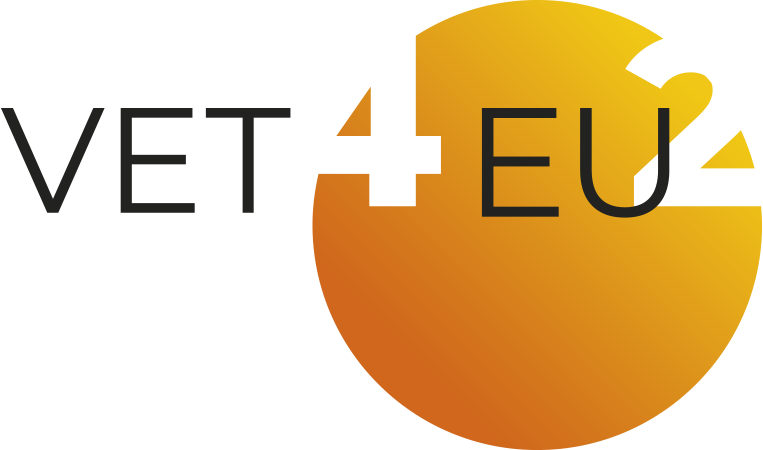
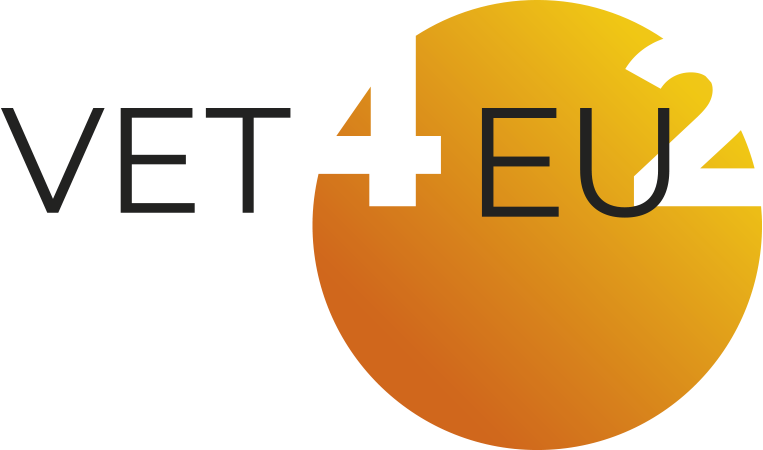

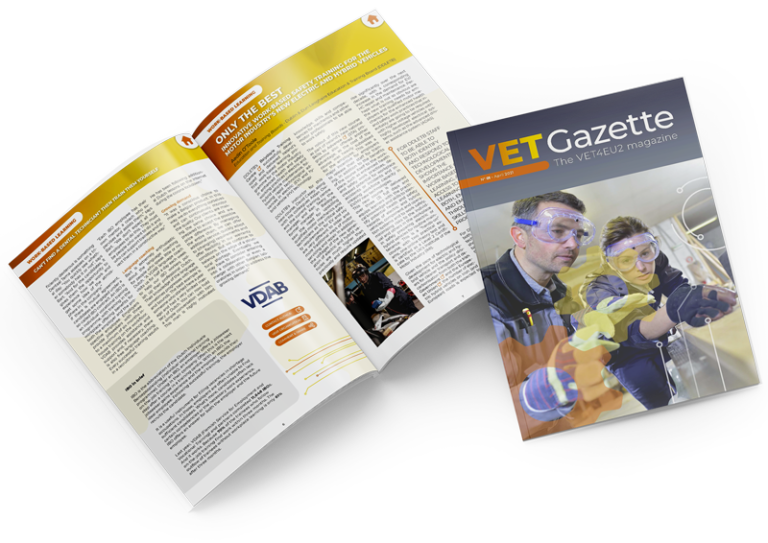
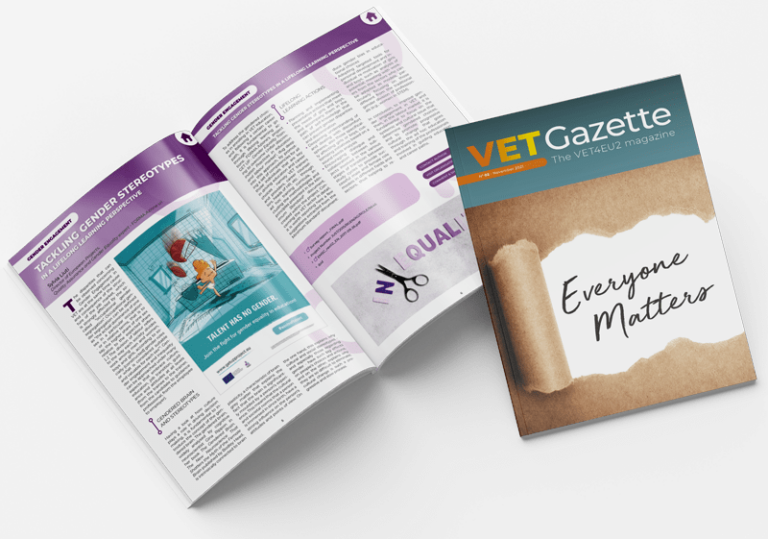

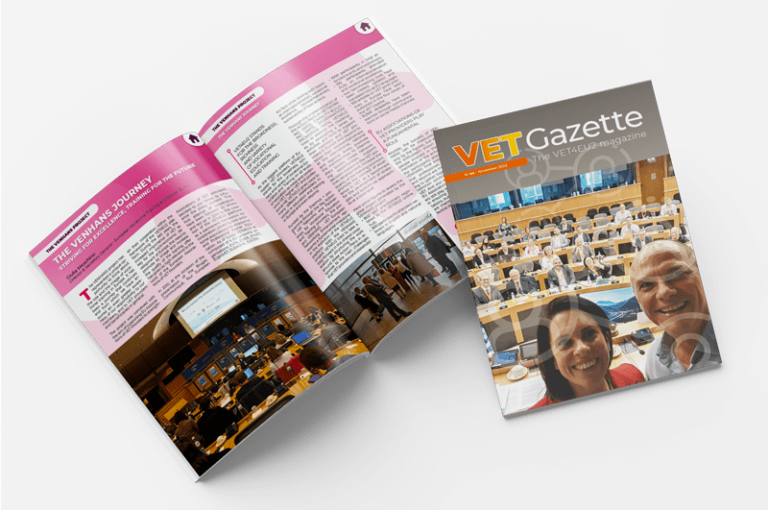

Responses